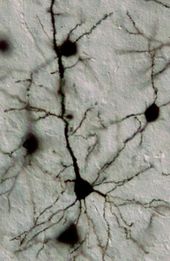
© Stefano De Rosa The full moon of Dec. 2, 2009, over Turan, Italy. Photographer Stefano De Rosa notes that the blue colors are cast by Christmas lights surrounding the pictured church.
Party planners take note. For the first time in almost twenty years, there's going to be a Blue Moon on New Year's Eve. "I remember the last time this happened," says professor Philip Hiscock of the Dept. of Folklore at the Memorial University of Newfoundland. "December 1990 ended with a Blue Moon, and many New Year's Eve parties were themed by the event. It was a lot of fun."
Don't expect the Moon to actually turn blue, though. "The 'Blue Moon' is a creature of folklore," he explains. "It's the second full Moon in a calendar month."
Most months have only one full Moon. The 29.5-day cadence of the lunar cycle matches up almost perfectly with the 28- to 31-day length of calendar months. Indeed, the word "month" comes from "Moon." Occasionally, however, the one-to-one correspondence breaks down when two full Moons squeeze into a single month. Dec. 2009 is such a month. The first full Moon appeared on Dec. 2nd; the second, a "Blue Moon," will come on Dec. 31st.
This definition of Blue Moon is relatively new. If you told a person in Shakespeare's day that something happens "once in a Blue Moon" they would attach no astronomical meaning to the statement. Blue moon simply meant rare or absurd, like making a date for the Twelfth of Never. "But meaning is a slippery substance," says Hiscock. "The phrase 'Blue Moon' has been around for more than 400 years, and during that time its meaning has shifted."



Comment: What is wrong with this picture? We are being told that the chance of Apophis hitting Earth is 1-in-250,000 - yet the Russians are considering spending the money to send it off course. That means one of two things: either the odds are much higher than we are told, or there is something else of concern out there and Apophis is just the cover story.